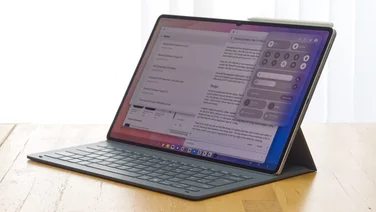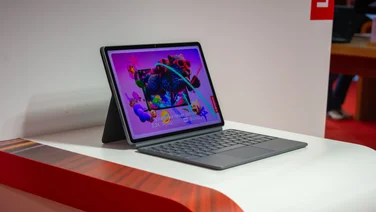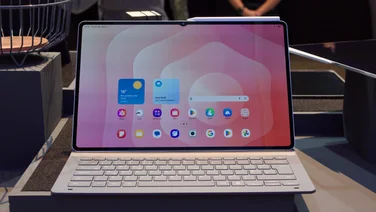To help us provide you with free impartial advice, we may earn a commission if you buy through links on our site. Learn more
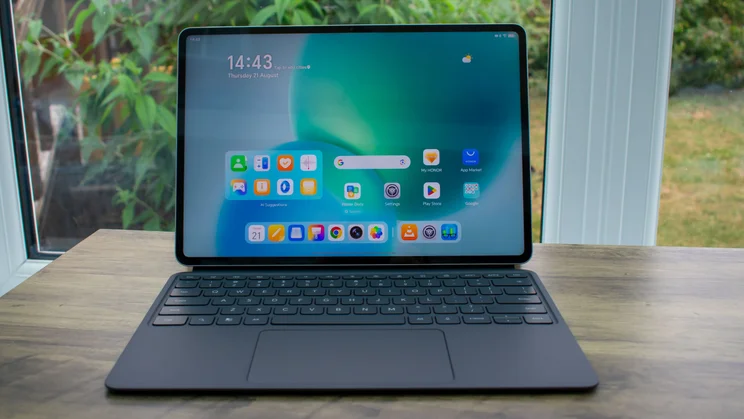
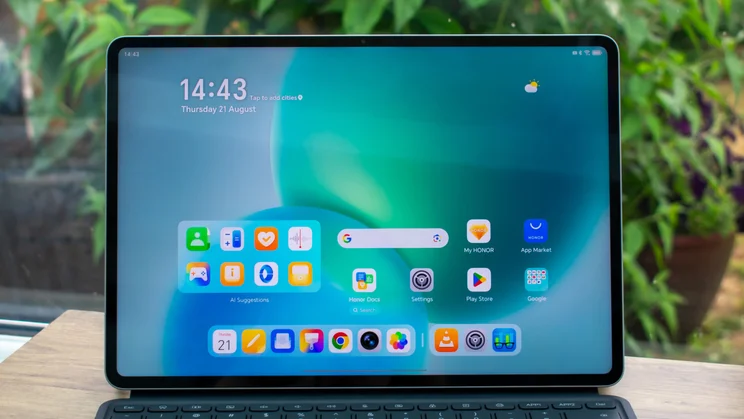

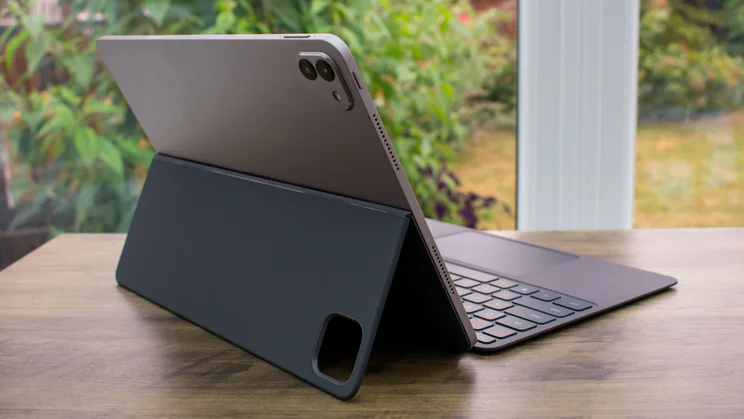
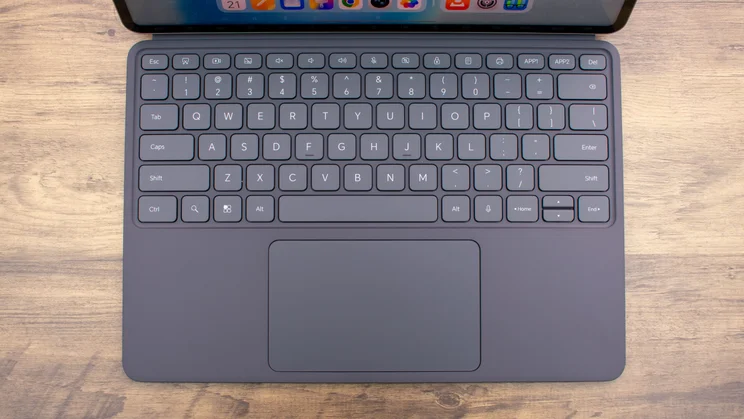
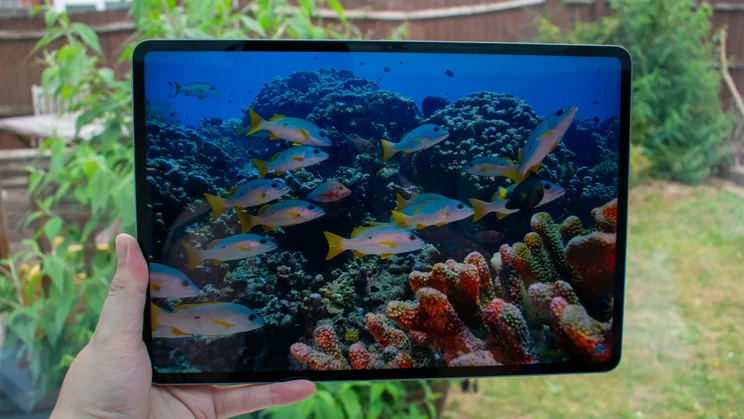
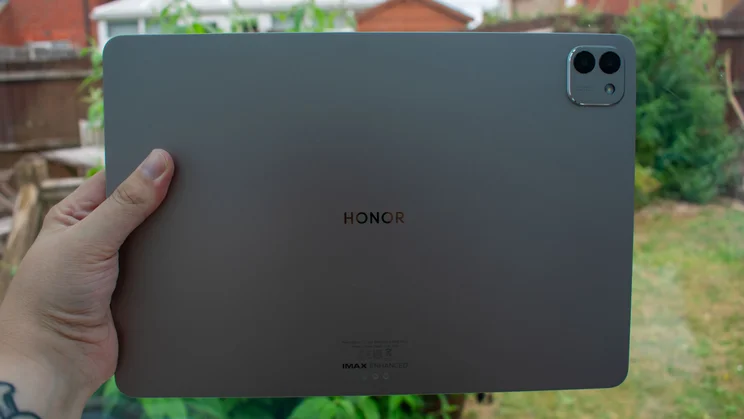
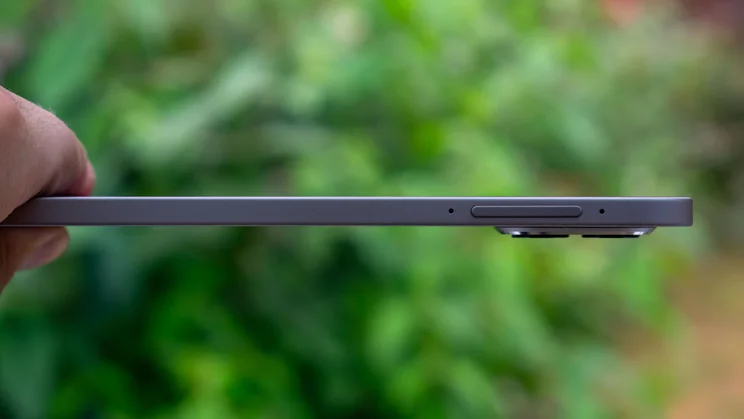
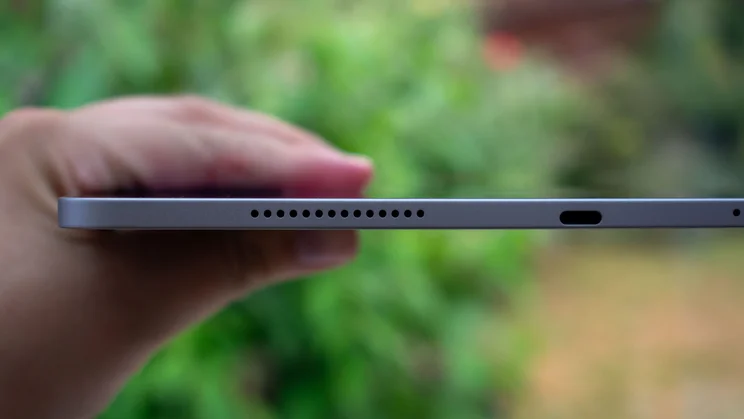
- Seven years of software support
- Ridiculously good battery life
- Slim all-metal build
- £100 price increase
- Display has a few flaws
- Keyboard case can be fiddly
The Honor Magic Pad 3 is the latest flagship tablet from the brand behind my favourite Android alternative to the entry-level iPad. While the Honor Pad 10 is focused on value for money, the Magic Pad 3 is Honor’s top-shelf device, offering a massive display, powerful components and an altogether more premium experience.
At least, for the most part. In a curious move, Honor has decided to drop the more luxurious OLED display in favour of an LCD screen, while also raising the asking price. That combination takes some of the shine off this otherwise high-quality tablet.
If you can overlook the weaker (albeit larger) display, however, you get fantastic battery life, a gorgeous all-metal build and some of the most extensive software support in the tablet industry. Throw in a keyboard case and stylus as free gifts (at the time of writing), and the Honor Magic Pad 3 is great value for money, even at this higher price.
What do you get for the money?
At £600, the Honor Magic Pad 3 is £100 more expensive than last year’s Honor Magic Pad 2. That’s a substantial price increase, but there are a few upgrades here to talk about. And one big downgrade.
The display has grown from a 12.3in panel to a massive 13.3in screen, with a marginally sharper resolution of 3,200 x 2,136 and a smoother 165Hz refresh rate. The problem? This is an LCD panel, not an OLED like last year, which means we lose the wonderfully deep black level and essentially infinite contrast. The peak brightness is lower too, with Honor quoting it at 1,000 nits for the Magic Pad 3, where the Pad 2 hit 1,600.









That’s the big issue out of the way, so back to the upgrades. The design is more premium than last year, replacing the cheap-feeling composite edge coatings with a unibody aluminium build, the processor is a more powerful Snapdragon 8 Gen 3 chipset, and the battery is a higher-capacity 12,450mAh silicon-carbon cell.
I’m less bothered by the addition of a 2-megapixel macro camera alongside the 13-megapixel main lens on the rear, and Wi-Fi 7 support won’t be relevant to everyone just yet, but it does future-proof the Magic Pad 3.
Which brings us to the best upgrade. Just as we saw with the Magic series of flagship phones, like the Honor Magic 7 Pro and the Honor Magic V5, the Magic Pad 3 is set to receive a full seven years of OS updates and security patches. That’s the best roadmap you can get for an Android tablet, matching Samsung’s software commitment for its more expensive Galaxy Tab S10 Ultra.









Finally, just like most tablets in this price range, the Magic Pad 3 also has a couple of optional accessories that expand its uses even further. The Magic Pencil 3 stylus is already available, and costs £86, while the Smart Touch Keyboard is £99.
At the time of writing, however, Honor is offering both the keyboard case and the stylus as free gifts when you buy the Magic Pad 3 directly from its website. That makes it a little cheaper than the OnePlus Pad 3 for the whole bundle (£673) and substantially cheaper than the iPad Air (£947 with the cheaper 11in display and 128GB of storage).
What did we like about it?
The first thing to hype up here is the design. The new all-aluminium build is sleek, slim and relatively lightweight. It measures 294 x 5.8 x 201mm (WDH) and weighs 595g, 80g lighter than the OnePlus Pad 3.
The Snapdragon 8 Gen 3 was the flagship chip of choice last year, so it’s no surprise to see it deliver a substantial improvement over the Magic Pad 2. In the Geekbench 6 tests, the Magic Pad 3 beat its predecessor by 26% in the single-core benchmarks and 41% in the multi-core.
The Snapdragon 8 Elite-powered OnePlus Pad 3 and the blisteringly fast iPad Air perform even better, however, outpacing the Honor in the multi-core test by 36% and 77%, respectively. If you’re looking to get some intensive work done on your new tablet, either of those will be better bets.
It’s a similar story for gaming. The Magic Pad 3 again comes in third place, behind Apple and OnePlus, but that doesn’t mean it’s not still very adept at gaming. I ran Genshin: Impact on the highest graphics settings with no issue – the tablet warned me it may overheat, but I never noticed it getting uncomfortably warm.
Honor sits top of the pile when it comes to battery life, with a ridiculously good result of 22hrs 34mins. This is one of the best results I’ve ever recorded on a tablet, and is leagues ahead of some of the competition – the Magic Pad 3 lasted more than 10 hours longer than the iPad Air, for instance.
That stamina is all the more impressive when you factor in the size of the Magic Pad 3’s display. The 13.3in screen may no longer be OLED, but it still has some quality to it – as well as some flaws. Firstly, it gets decently bright, hitting 746cd/m2 on manual brightness and nudging up to 754cd/m2 on adaptive brightness with a torch shining on the light sensor.
There are two colour profiles to choose from, with Vivid producing vibrant, punchy colours that are ideally suited to streaming and gaming, and Natural aiming for authenticity to the sRGB colour space. The results are a little mixed, but not bad enough to bump colour accuracy down into the next section of this review.









On the Natural profile, I recorded an sRGB gamut coverage of 92% and a total volume of 93.5%. The average Delta E colour variance score came back at 1.59, which is a fair bit higher than our target value of 1 or under, but not enough of an outlier to make colours look weird or out of place.
Just like last year, the display has IMAX Enhanced certification. IMAX content looks good on the display, with crisp detail and a dynamically adjusting aspect ratio (for compatible content), and audio from the six speakers is solid enough – but it’s not dramatically better than streaming on an equally good tablet that doesn’t have the IMAX Enhanced label.
What could be improved?
I’m starting this section with the design too, because the Honour Magic Pad 3 is only coming to the UK in one colour – the fairly understated light grey pictured here. There were two colour choices last year, and there’s a more striking white model coming to some markets, so it’s a shame that we’re locked into a single style this year.









As already alluded to, the ditching of OLED technology means that the Magic Pad 3 doesn’t get the essentially perfect black and contrast levels that its predecessor enjoyed. Even by IPS LCD standards, however, the results of my display testing were fairly mediocre.
Using a colourimeter, I measured a black luminance level of 0.37cd/m2 and a contrast ratio of 1,350.6:1, both of which are fine but not the best I’ve seen – the Samsung Galaxy Tab S10 FE Plus, for instance, recorded 0.30cd/m2 and 1,943:1, respectively.
The display’s brightness also didn’t impress me when displaying HDR content. Usually, this is where screens hit their brightest, but the Magic Pad 3 peaked at 658cd/m2, which is weaker than the ceiling on manual brightness.









Paired with the mediocre black and contrast levels, this means that HDR playback doesn’t look as strong as on rival displays – the dynamic range, quite literally, isn’t as high.
The keyboard case is a decent addition, with a solid range of screen tilt, a large trackpad and a row of function keys including two customisable quick launch buttons. My only issue with it is that the trackpad is overly sensitive, which can make navigation frustrating. When trying to scroll down this review, for instance, the tablet instead highlighted text on a couple of occasions, as though I was pressing much harder on the pad than I was. It’s not the biggest issue, but it happened enough times to be an annoyance.
Should you buy the Honor Magic Pad 3?
Both the OnePlus Pad 3 and the iPad Air are better choices if you want to get the most powerful performance for your money, but neither gets you the keyboard case and stylus for as little money as the Honor Magic Pad 3. Plus, the Honor is still a nippy performer, and will likely be plenty fast for most users.
Beyond that, it offers some of the best battery life of any tablet around and an impressive seven years of software support, so it will last you a good long time in more ways than one. It’s still a shame that Honor chose to revert from OLED to LCD for the display, but there’s no denying that the Magic Pad 3 offers more than enough quality to make up for it.


